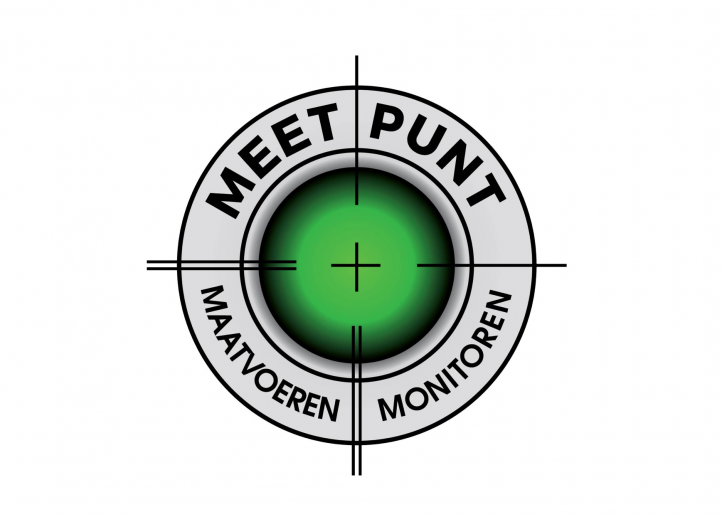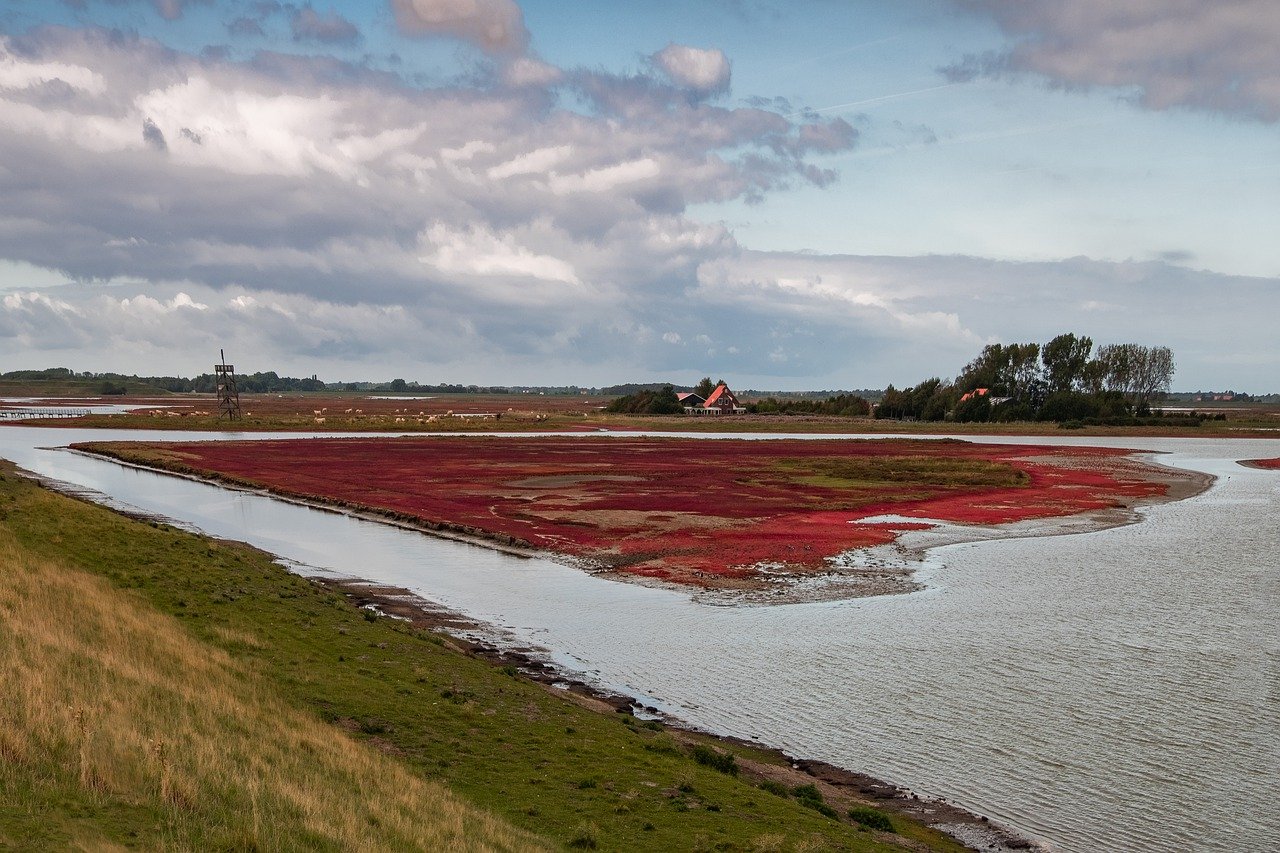
Simple vibration monitoring
Martijn van den Berg from Meetpunt uses the Omnidots vibration monitors on various projects, including the monitoring of houses around dike reinforcement. He thinks that installing the SWARM is a piece of cake.

Martijn van den Berg
has been active in the surveying world since 2007 and has experience as a surveyor, sizing agent, project leader, business manager, and monitoring specialist. In 2020 he started Meetpunt, a company for monitoring and measuring. Meetpunt helps prepare a measurement plan, carry out the measurements, and make a final report.
Keeping the seawater out: reinforcing dikes, causing the least amount of vibration possible
Almost one-third of the Netherlands lies below sea level. The Netherlands wages a continuous battle with the sea, fighting for every piece of land. The major hydraulic engineering projects of the last centuries, culminating in the Delta Works, are examples of victories over the sea. The Netherlands and water are thus inextricably linked. The coast is world-famous, and behind it is a fascinating landscape of ditches, canals, lakes, and rivers. The mills, dams, pumping stations, polders, and dikes are typical in the Netherlands.
Dikes must be continuously maintained, especially in the current climate change, as this is becoming increasingly important. Martijn van den Berg from Meetpunt is working on a project to strengthen dikes.
"Among other things, ground solutions and sheet pile structures are being installed in this project to strengthen existing dikes. We are using the Omnidots vibration monitors to monitor surrounding houses to prevent damage from the dike work. We have now started recording autonomous vibrations. This is a baseline measurement because the work has not yet started. We are currently measuring all the types of vibrations you can think of. When work begins, we will know which vibrations are normal for the environment and which are caused by the construction work.
"In terms of assembly, a SWARM sensor with MEMS technology is really easier than working with a geophone."
Martijn van den Berg
Meetpunt, Netherlands
As soon as the work begins, my clients will get daily reports. We will also use Omnidots' API to get the reports into our system.
In terms of installation, a SWARM sensor with MEMS technology is more straightforward than working with a geophone. Geophones took more time, but the installation of the Omnidots SWARM is a piece of cake. Then you just create a measuring point in Honeycomb, and the rest is self-explanatory. Sometimes I ask questions on the Omnidots chat and receive good help. The batteries last about six weeks; you don't have to change them often.
"The batteries last about six weeks; you don't have to change them often."
Martijn van den Berg
Meetpunt, Netherlands
On this project, we have not yet been able to prevent damage with Omnidots because the baseline measurement is still ongoing. Still, on other projects, we experienced that the vibration measurement exceedance was triggered, and then we continued to work in an adjusted, controlled manner. That was a project in which a wooden sheet pile wall had to be driven in, but with adjusted vibrations."



Benefits of working with Omnidots' solution
For Meetpunt, these are the biggest advantages of working with Omnidots: